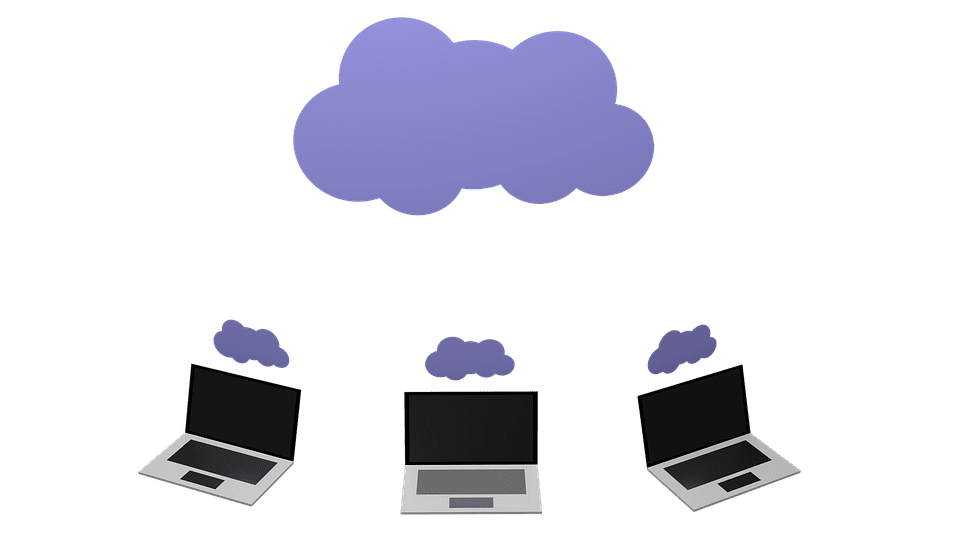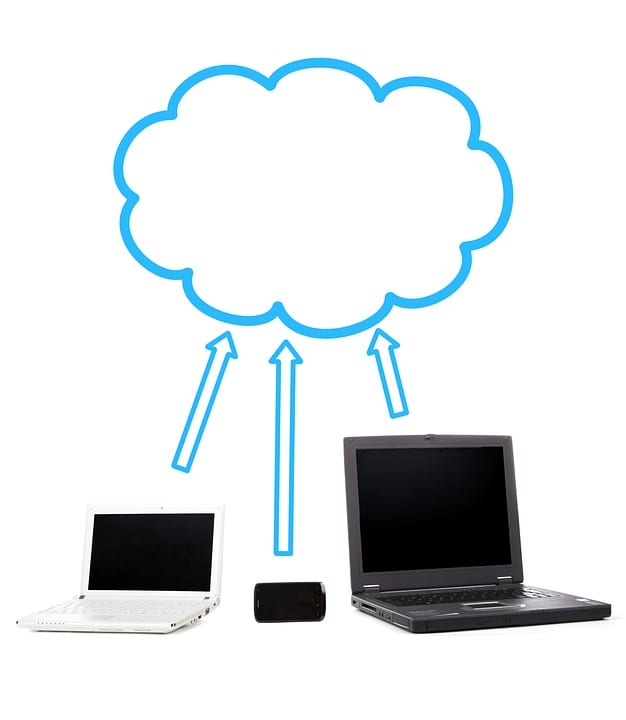Cloud-first Strategy: A Playbook for the CIOs
By: Ciopages Staff Writer
Updated on: Feb 25, 2023

Cloud-first Strategy is a key consideration in many firms. Cloud-first strategies make a difference in digital business initiatives. In today’s fast-paced business environment, it is all about priorities and staying ahead with scale and reacting to the unpredictable. Shrink-wrapped, high-maintenance business applications and the blinking lights of spaghetti-wired backroom hardware will, if current trends hold, be absorbed in subscription services in the Cloud.
Penetration of the cloud by 2020
Louis Columbus in his Forbes online piece predicts that by 2020, “penetration of software as a service (SaaS) versus traditional software deployment will be over 25%.” Moreover, Columbus predicts that packaged software “will shrink to 10% of new enterprise installations.”
Infrastructure as a service (IaaS) and platform as a service (PaaS) have already taken off. Public IaaS/PaaS providers Amazon and Microsoft by 2015 “grew 28% to $110B in revenues.”
What drives the need to move to the cloud
So those service providers must have been doing something right. They have reacted to what drives the market, and motivated CIO’s heading for the cloud. Those drivers are:
- Reduced IT Costs. Cloud services bypass development, setup and maintenance costs. Services are subscription based, scalable and without the update headaches of licensed software.
- Enterprise functionality. Providers focus on development, marketing, and industry standards in a wide offering of products, applications and services.
- Speed of innovation and deployment. Research, development, and debugging occur long before and sometimes concurrent with product delivery. Software patches, updates, etc., are no longer burdens borne by end-users.
- The adoption of the Open Standard by an increasing number of cloud providers.
- Cloud services are as secure or more secure than on-premises systems. See this Data Center Journal piece for a discussion of 2016 cloud security trends.
Some challenging questions every CIO must answer
The impetus and motivation are there, but what about the challenges? In executing a cloud-first strategy, IT leaders are dealing with some significant organizational, business, and practical obstacles. Stated as questions:
- How can the Cloud integrate challenges of long-standing business process and its supporting IT structure?
- What must management do to ease the cloud-first strategy into deployments and existing IT technologies?
- What about provisioning and de-provisioning all those years of company data and proprietary information into the new cloud-first strategy?
- What will be the new controls over operations and performance management when many of the IT functions are moved to the Cloud?
- What will be the impact of actually deploying (“cloud-bursting”) the legacy/new applications to the Cloud?
- What, if any, diminished or new roles will the IT staff play in implementing the cloud-first strategy.
- What about data colocation requirements, along with concerns about data backup, security and compliance?
- What are the requirements and provisions for automation APIs for best IT workflow between users and the cloud?
CIOs are paid to provide the answers to the above questions, but there are experts out there who have “been there and done that.” One Gartner analyst, Mindy Cancila, an 18-year IT industry veteran, presented her views on cloud-first strategy.
Cancila’s perspective and approach
Speaking at the San Diego Gartner Catalyst Conference (August 15-18), Cancila noted that there is a major shift in enterprise infrastructure occurring: the cloud has moved from optional to necessary. Within the next two years, she predicts that about half the applications running in the public Cloud will be mission critical.
Cloud providers know that there is big money on the table. In fact the Microsoft Azure and Amazon Web Services leaders are looking at a hefty $14 billion in combined revenues.
A 6-step strategy

Cancila’s presentation was aptly entitled, “How to develop a cloud-first architecture and strategy.” An online TechRepublic piece by Conner Forrest summarized her talk, which had some cogent advice on how CIOs can get their organizations in on the action. Her six-step processes are summarized below:
1. Build user skills and assess enterprise applications.
This first step requires an organizational transformation. IT’s evolving role is becoming, according to Cancila, a “broker for cloud services.” The question is no longer “if” an organization can take the risk of moving to the cloud. It is more about where the organization is moving in the cloud spectrum and how they plan to get there. The CIO is, in that context, both a broker and an architect.
2. Select the cloud providers and services your organization will need.
The layers of the cloud–SaaS, IaaS, PaaS–are all elements in reaching any organization’s goals. Assessing an organization’s application architecture and infrastructure and coming up with a cloud-first strategy, can pose different levels of effort involved. It all depends on whether the process and its supporting applications are overdue for streamlining and consolidation, or whether they can quickly migrate to the cloud.
This involves decisions on re-hosting, refactoring, re-architecting, rebuilding or replacing applications and/or architecture. Involved in those decisions, naturally, are the capabilities of the cloud providers the organization chooses. Cancila’s advice: go with the leaders–Amazon AWS, Microsoft Azure, and the Google Cloud platform.
3. Structure the organization’s cloud services and mitigate security risks.
Ms. Cancila recognized that for the immediate future, for a variety of reasons, most organizations will stay in the hybrid world. Either they won’t fully trust the cloud with their proprietary data, or they don’t want to risk heavy penalties involved in personal information data security breaches.
4. Estimate costs and publish clear governance guidelines.
As previously discussed, the cloud market and its tendency for subscription-based services have deeply impacted IT support financial models. IT support is moving from capital costs and unpredictable trouble-shooting expenses to the more manageable operating expense.
Also, a clear cloud governance policy needs to be in place. The procedures must be widely published, enforceable and audited frequently.
5. Begin provisioning and automating cloud services.
Two of the big benefits of cloud services are its self-service and automation capabilities. Self-service is why governance and cost controls are needed.
Another word of caution: make sure that each piece of a process works properly before pulling the cloud trigger. Something that was once automated may be broken, and used infrequently. Connecting that broken process with other working processes can quickly take down mission-critical services.
6. Operate the cloud environments at scale.
This is where the CIO moves from cloud broker to somewhat of an enforcer. Since the organization is now paying for what it consumes, managing cloud deployment becomes as important as managing any other organizational expense.
The cloud-first strategy involves traditional best practices for management in areas of financial, traditional, policy-based, and multi-provider systems. Simply stated, if, as stated above, costs are a driving factor in a cloud-first strategy, then cost monitoring and attention to the detail of scale can close the loop.
Conclusion
So there is a connection to the eight unanswered questions posed above to a cloud-first strategy. That connection is the CIO, who like that opening song in the musical Music Man “has to know the territory.” The IT territory no longer involves much of the metaphor of the dog wagging the tail. The cloud with its field-leveling array of ready-to-deploy services is now more of the dog’s strong front legs.
Knowing the territory, the CIO can provide the answers, and those answers can guide the cloud-first strategy any organization needs to keep up.